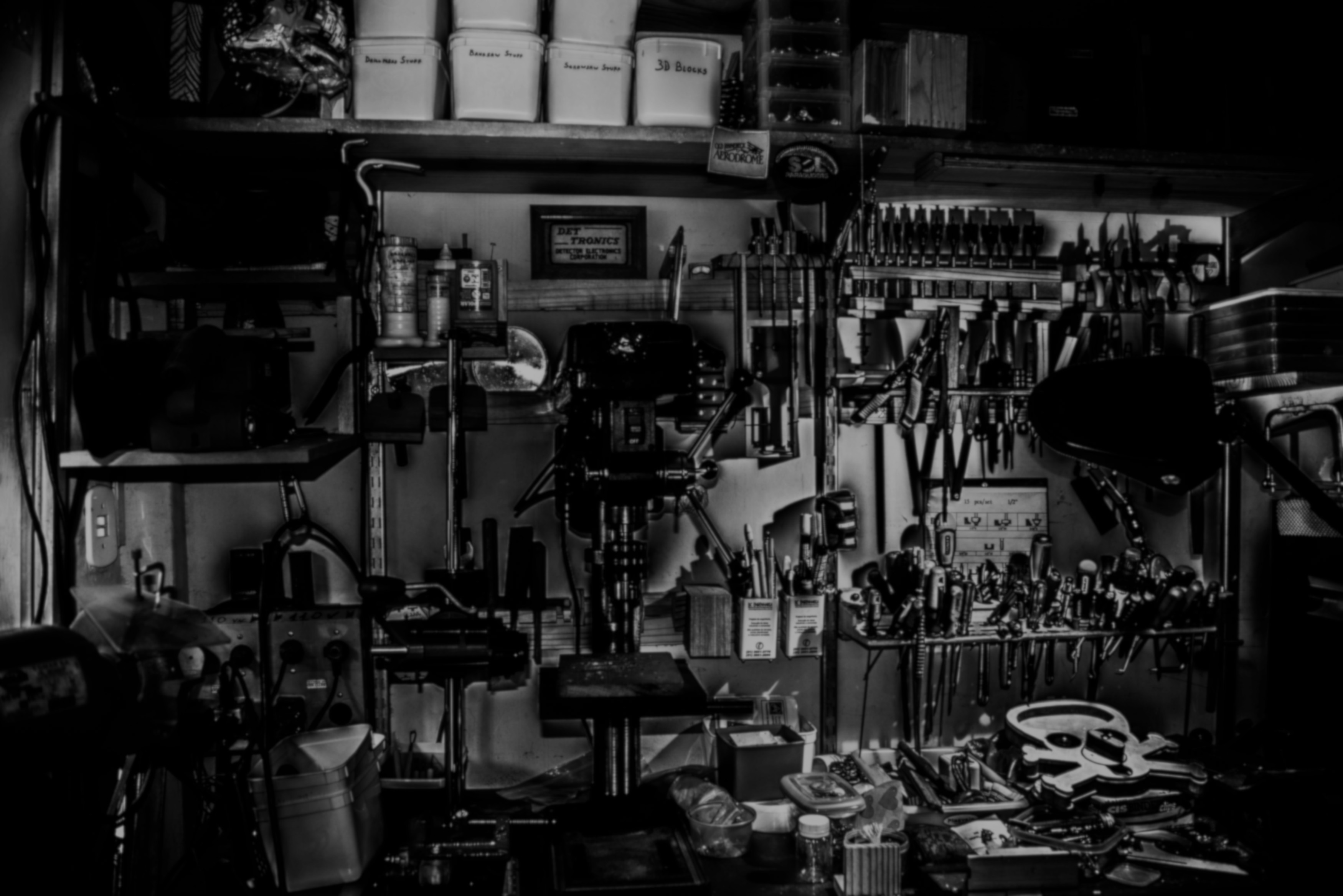RapidSlide Adjustable Wrench
Monthly MechanismDisassemblyWith Christmas coming this Monthly Mechanism looks at a former gift to anticipate the challenge of shopping for and giving tools.
One of the perennial frustrations with a adjustable wrenches is dialing in the right jaw position so that you can snugly grip the bolt while also being able to index the wrench to the next face. Crescent's RapidSlide adjustable wrench attempted to solve this by using a lever to move the jaw:
As seen, the idea is that the sliding lever is an easier and faster way to move the jaw than the typical thumb screw adjuster. This wrench was handed down to me, so I don't know its history, but the absence of marring on the jaws suggest it's had an easy life. On use, however, the the lever barely slides and grinding can be felt and heard in the mechanism, preventing quick adjustment.
Disassembly
Removing the slide and jaw screws, where the standard wrench has four parts (body, upper jaw, thumbscrew, lock screw), this appears to have 19.

Of these parts, most are poorly made, with surprisingly rough machining visible on the brass dust cover tube and slide drive screw. There is a significant burr on the dust tube which may be leftover from manufacturing or it may be created by the movement of the slider pin. This burr can be seen on both the outside and inside of the tube, with the inside burr potentially impairing the screw's opposing rotation.

Reassembling the slider and screw, we can see that the screw is bent towards the gear, such that the slider pin engagement changes over its travel which causes the output gear to wobble. This wobbling significantly changes the engagement between the gears, leading to occasions of skipped teeth when the gears are too far apart. Opposite these disengagements, the gears may be too close, leading to over-engagement and jamming of the angled bevel gears. This is the grinding, binding feeling on the slider because when the screw cannot turn, the slider pin stops sliding in the screw slot. And once stopped, continued force on the slider pushes the pin into the wall of the screw channel, bending the screw shaft and possibly raising a burr on the edge.

Design
Consistent with the manufacturing defects, the mechanism design is flawed. On this 1" wrench, the slider slides approximately 2.5" to move the jaw through 1" for a reduction ratio of 0.4. With this 0.4 ratio, we would normally expect that forces applied to the slider would increase by 1/0.4 = 2.5x at the jaw to give a reasonably strong grip on any bolt head.
Looking more closely, the slider screw has a pitch of approximately 0.545"/rev and a diameter of 0.25", for a helix angle of 34°. This means that less than half of the slider force is actually used to turn the screw, undermining any force gain. That is, the jaw force is less than is applied to the slider due to the screw's inefficiency as over half of the applied force is lost pushing against the screw's supports.

Market Failure
Looking today, this tool is not mentioned on Crescent's website but it is being sold by their parent on Amazon. While manufacturing variations do occur, YouTube has a 6 year old review that shows the same construction and manufacturing defects, though with better operation. This wrench really feels like a one-off prototype, not a tool from a storied brand.
Discount Gifting?
So this holiday season, if you're giving or receiving an innovative-yet-bargain-aisle tool, be prepared for some sloppy manufacture, for good ideas poorly implemented. But before returning, take it apart so that we all can see what makes a good tool good and a bad tool disappointing. And if you have comments, experience with, or backstory on this RapidSlide wrench, share it on Twitter or LinkedIn, and be sure to subscribe to see next month's mechanism.
— Ben Conrad
- Next: Modeling Fireball's Vise Hammer
- Previous: Compression Springs
